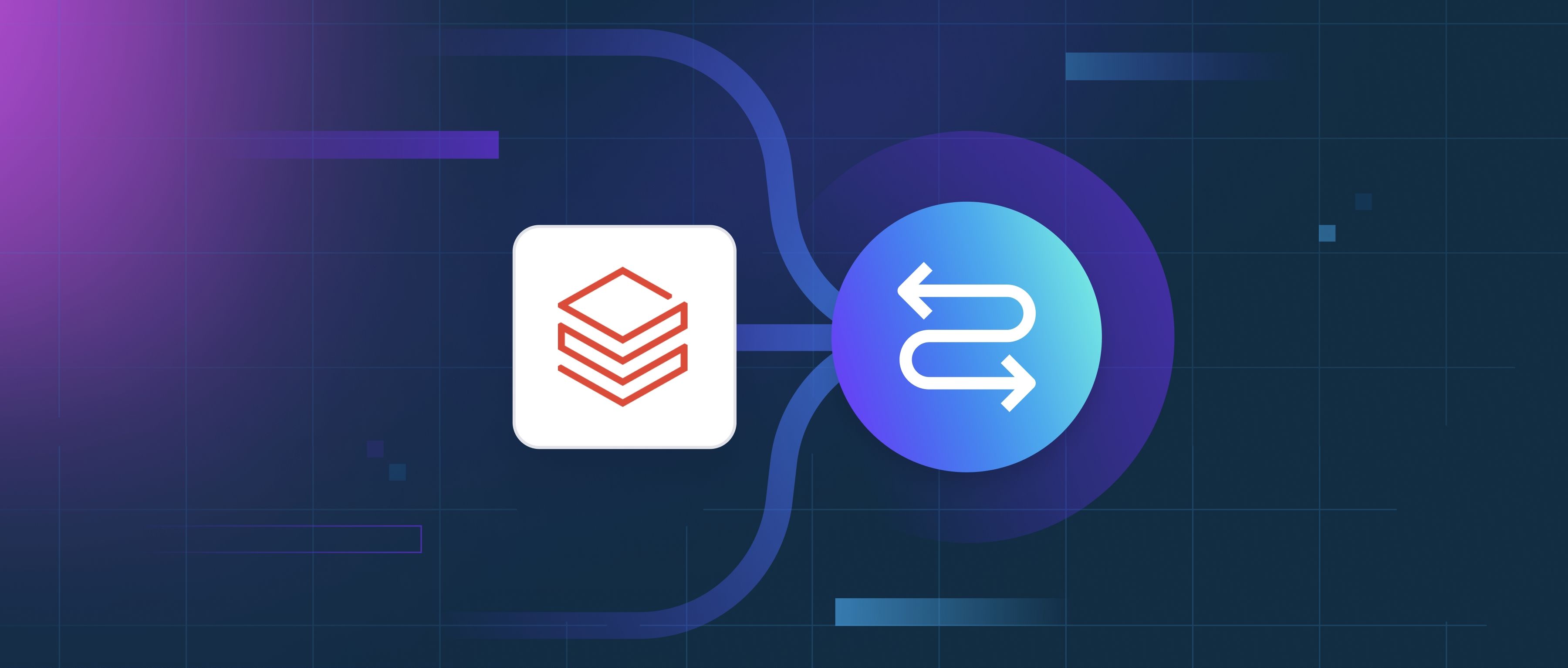Contrastive learning is a machine learning technique that trains models to distinguish between similar and dissimilar data points. It works by creating pairs of data samples: "positive" pairs that are related (e.g., two augmented versions of the same image) and "negative" pairs that are unrelated (e.g., two random images). The model learns to map similar examples closer together in a vector space (called an embedding space) while pushing dissimilar ones apart. This approach is particularly useful for embedding models, which convert raw data (like text, images, or audio) into compact numerical representations (embeddings) that capture semantic meaning. By using contrastive learning, embedding models can create more meaningful and structured representations without relying heavily on labeled data.
A key aspect of contrastive learning is how it defines and optimizes a loss function. For example, the NT-Xent loss (Normalized Temperature-Scaled Cross-Entropy Loss) is often used in frameworks like SimCLR for images. Suppose you have an image of a dog. A positive pair might include the original image and a version rotated by 90 degrees, while negative pairs could be images of cars or trees. The model adjusts the embeddings so that the dog images are closer in the vector space than the dog and car embeddings. Similarly, in text processing, models like Sentence-BERT use contrastive learning by taking a sentence and its paraphrased version as a positive pair, while using unrelated sentences as negatives. The model updates its parameters to minimize the distance between the positive pairs and maximize it for negatives.
The relationship to embedding models is clear: contrastive learning provides a way to train these models to produce embeddings that reflect semantic relationships. For instance, OpenAI's CLIP model uses contrastive learning to align images and text in a shared embedding space. Images of cats are embedded near the text "a cat," and far from unrelated text like "a bicycle." This approach is effective because it doesn’t require labeled datasets explicitly defining all relationships—instead, it learns from the structure implicit in the data pairs. Developers can apply this to tasks like recommendation systems (e.g., grouping similar products) or semantic search (e.g., finding documents with similar meaning). By focusing on relative similarities, contrastive learning helps embedding models generalize better and handle noisy or unlabeled data, making it a practical tool for real-world applications.
